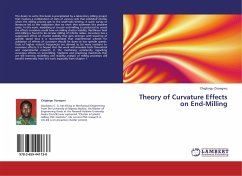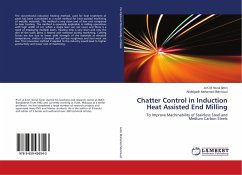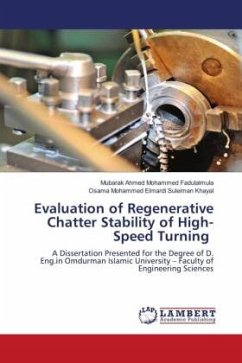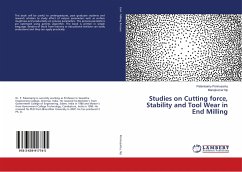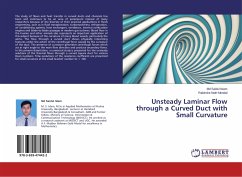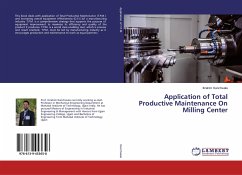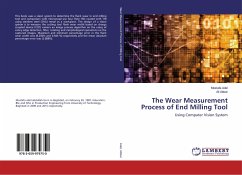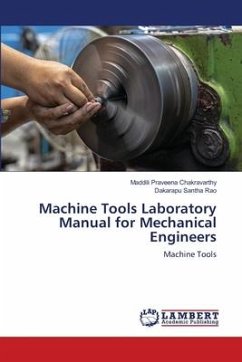The desire to write this book is precipitated by a laboratory milling project that involves a combination of slots of various radii that exhibited chatter when the milling process got to the small-radii slotting. A quick survey of literature led to the realization that no work that addresses this problem exists. In this work, modelling of circular end-milling is conducted to reveal the effects curvature could have on milling chatter stability. Rectilinear feed end-milling is found to be circular milling of infinite radius. Curvature has a suppressive effect on chatter stability that gets stronger with lowering of spindle speed thus it is recommended that experimental scheme for validation of effects of curvature should be done at low spindle speeds. Tools of higher natural frequencies are derived to be more resistant to curvature effects. It is hoped that this work will stimulate both theoretical and experimental research in the machining community regarding curvature effects on end-milling. Students and practicing machinists that are still learning modelling and stability analysis of milling processes will benefit immensely from this work especially from chapter 1.
Bitte wählen Sie Ihr Anliegen aus.
Rechnungen
Retourenschein anfordern
Bestellstatus
Storno

